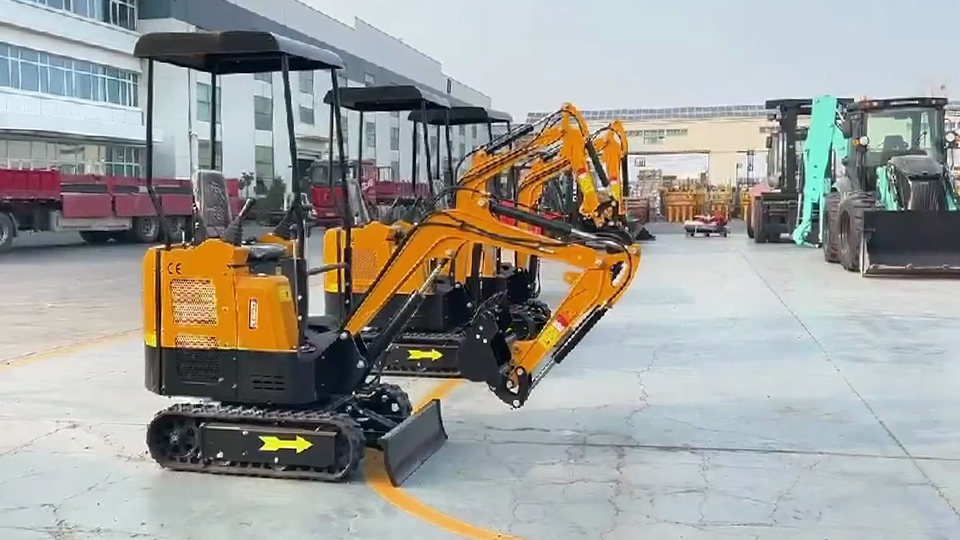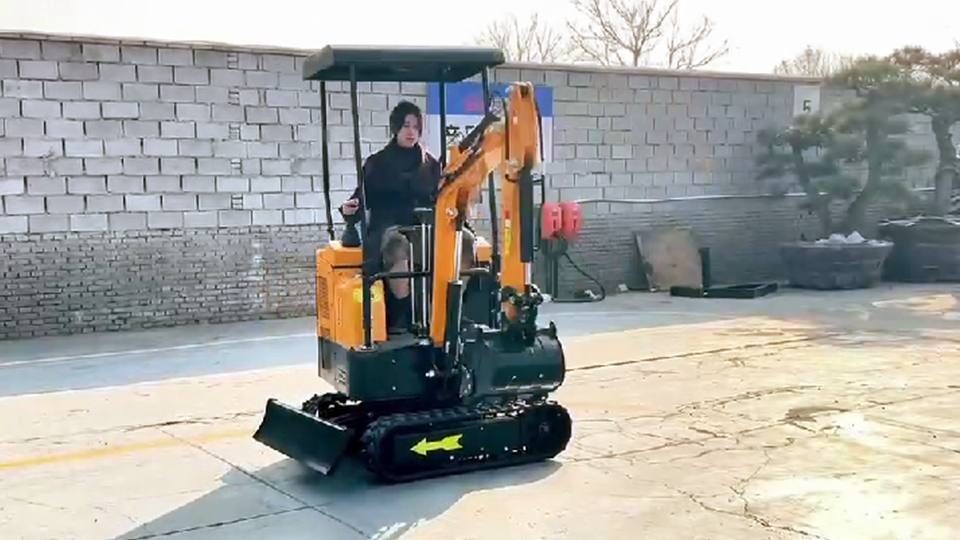The world of heavy machinery encompasses a diverse array of equipment, each designed for specific tasks. Among these are excavators and forklifts, both vital in construction, warehousing, and industrial settings. However, despite their shared presence on job sites, they are fundamentally different machines. This article delves into a detailed comparison of excavators and forklifts to clarify their distinct functionalities, design characteristics, and operational purposes, definitively answering the question: is an excavator a forklift?
Understanding the Core Functionality of an Excavator
An excavator is a heavy construction vehicle primarily designed for digging and moving earth. Its key components include a boom, dipper stick, and bucket, all powered by a hydraulic system. The rotating cab allows for 360-degree operation, providing significant versatility in various applications.
Primary Function: Excavation, trenching, digging, material handling (soil, rock, debris), demolition.
Hydraulic System: High-powered hydraulic systems enable precise control and substantial lifting power.
Mobility: Typically tracked or wheeled, with a focus on stability and maneuverability in rough terrain.
Attachments: Versatile attachments like hydraulic breakers, grapples, and augers expand its capabilities.
Operational Environment: Construction sites, mining operations, demolition sites, landscaping projects.
Understanding the Core Functionality of a Forklift
A forklift, or powered industrial truck, is designed for lifting and moving palletized loads in warehousing, distribution, and manufacturing environments. Its key components include forks, a mast, and a carriage, enabling the lifting and transport of materials.
Primary Function: Lifting, transporting, and stacking palletized loads.
Lifting Mechanism: Hydraulic or electric systems raise and lower the forks.
Mobility: Primarily wheeled, designed for smooth, indoor or paved surfaces.
Attachments: Attachments like clamps, rotators, and side shifters adapt it to specific load types.
Operational Environment: Warehouses, distribution centers, manufacturing facilities, loading docks.

Comparative Analysis: Key Differences
The fundamental differences between excavators and forklifts lie in their design, functionalities, and operational environments:
Design and Structure:
Excavators: Feature a boom, dipper stick, and bucket, with a rotating cab.
Forklifts: Feature forks, a mast, and a carriage, with a focus on vertical lifting.
Operational Purpose:
Excavators: Primarily for digging, earthmoving, and demolition.
Forklifts: Primarily for lifting and moving palletized materials.
Mobility and Terrain:
Excavators: Designed for rough terrain, with tracked or heavy-duty wheeled options.
Forklifts: Designed for smooth, paved surfaces, with smaller, maneuverable wheels.
Lifting Mechanism:
Excavators: Hydraulic systems for powerful, multi-directional movement.
Forklifts: Hydraulic or electric systems for vertical lifting and precise positioning.
Attachments and Applications:
Excavators: Wide range of attachments for digging, breaking, grabbing, and drilling.
Forklifts: Attachments for specific load types, such as clamps and rotators.
Addressing the Question: Is an Excavator a Forklift?
The answer is definitively no. While both machines lift and move materials, their design, functionality, and operational purposes are distinct.
An excavator's primary function is earthmoving and demolition, with lifting being a secondary capability.
A forklift's primary function is lifting and transporting palletized loads within controlled environments.
Although an excavator can, with the correct attachment, lift and move some materials, this does not make it a forklift. The fundamental design and purpose of these machines differ enough to place them in completely different heavy equipment categories.
The Role of Attachments and Misconceptions
The availability of attachments can sometimes lead to confusion. For example, fitting an excavator with a pallet fork attachment allows it to lift and move pallets. However, this does not transform it into a forklift. The excavator's core design and operational purpose remain unchanged.
Attachments expand the versatility of both machines but do not alter their fundamental classification.
Misconceptions arise from the overlap in material handling capabilities, but the underlying mechanics are very different.
Technological Advancements and Future Trends
Both excavators and forklifts are undergoing technological advancements, leading to increased efficiency and safety:
Excavators: GPS and machine control systems, telematics, hybrid/electric models, advanced hydraulic systems.
Forklifts: Electric and hydrogen-powered models, automated guided vehicles (AGVs), advanced safety sensors, and improved battery technology.

These advancements further refine the distinct roles of each machine, emphasizing their specialized applications.
Conclusion
In conclusion, an excavator is not a forklift. While both are essential heavy machines, their design, functionality, and applications are fundamentally different. Excavators excel in earthmoving and demolition, while forklifts specialize in lifting and transporting palletized loads. Understanding these distinctions is crucial for selecting the appropriate equipment for specific tasks and ensuring safe and efficient operations.
Post time:Sep-25-2020
